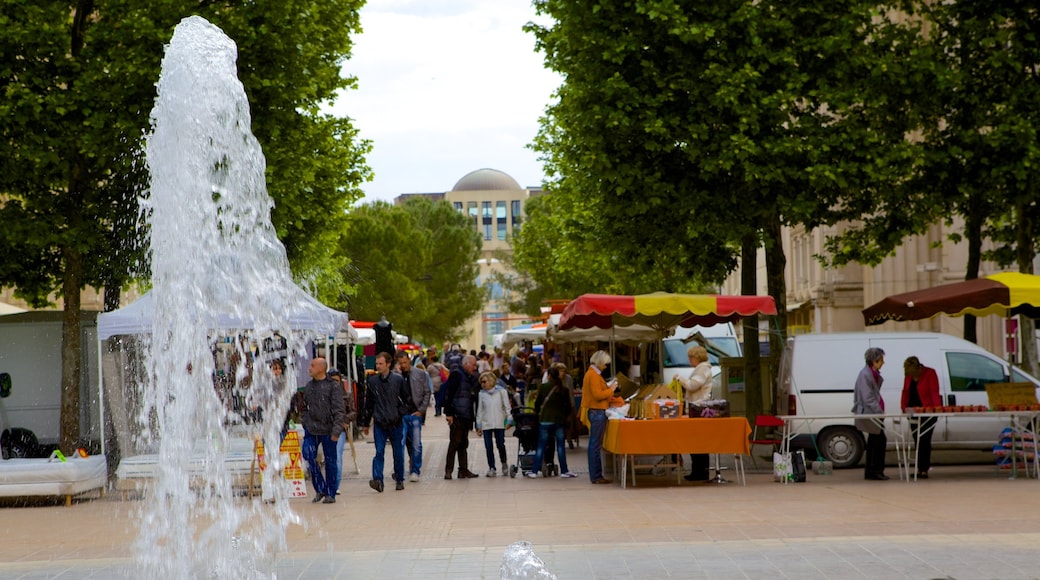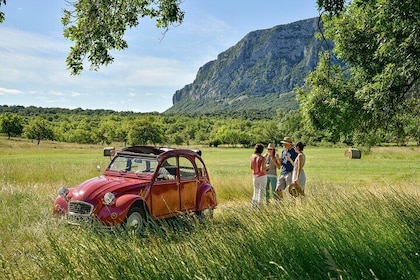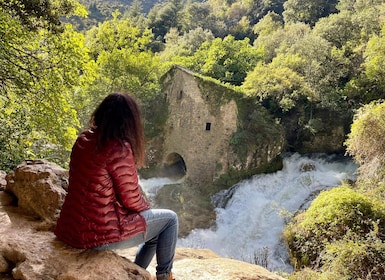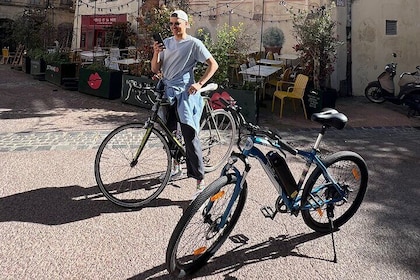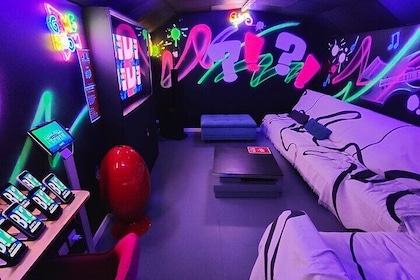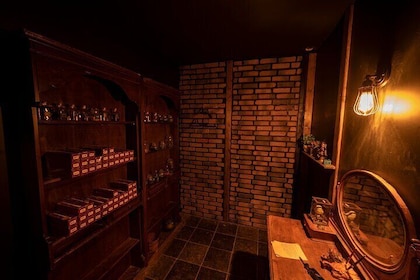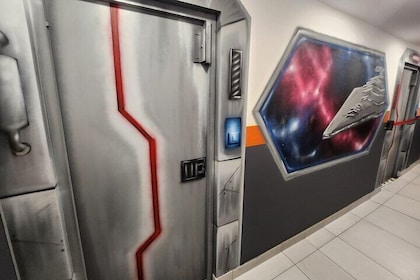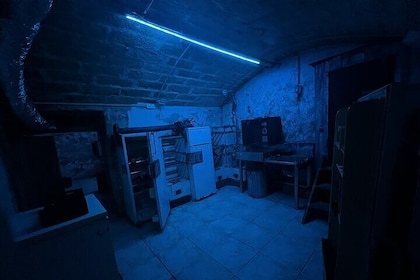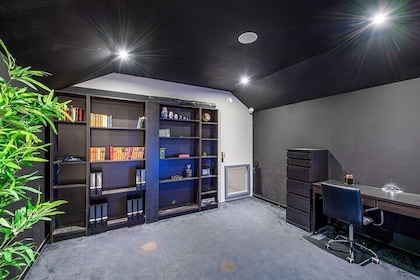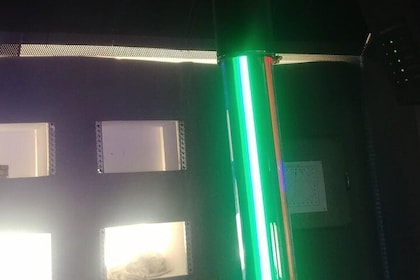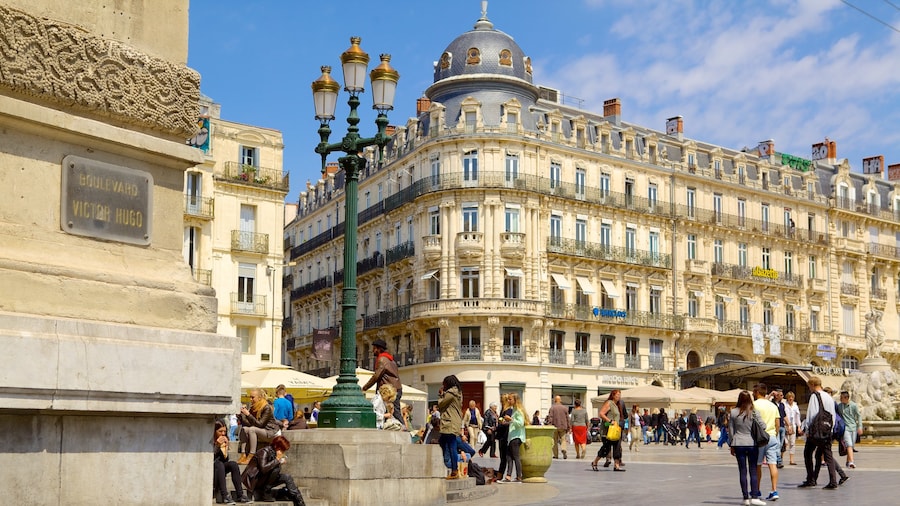Relax in a vast esplanade by the River Lez that sits in a part of Montpellier characterized by grand architectural designs.
The Esplanade de l’Europe is a large plaza in Montpellier’s Antigone neighbourhood. Its dominant feature is a vast semi-circular neoclassical building that contains homes, shops and restaurants.
The esplanade and the surrounding district was created as part of an urban regeneration project in the late 1970s by Catalan architect Ricardo Bofill.
A pleasant way to approach the plaza is by taking a 20-minute walk east from the Place de la Comédie. The route takes you along wide, leafy boulevards, past fountains and the shops of the Place du Millénaire.
Once you arrive at the esplanade, take your time to appreciate the enormity of the grandiose building and its many windows. Although modern in appearance, Roman and Greek design influences can be seen, particularly with the large columns. If it is a sunny day, relax on one of the well-maintained lawns.
Inspect the Winged Victory of Samothrace, a marble sculpture of a winged and headless goddess of Victory. She is supposed to be standing on a ship looking to the Sanctuary of the Great Gods on the island of Samothrace. The work of art is a replica of a 2,000-year-old Greek statue that is on show in the Louvre in Paris.
Enjoy a walk or cycle ride along the promenade that runs parallel to the River Lez. Then dine in one of the riverside restaurants. Your view across the water is of the Hotel de Région, completed in 1989. Note its resemblance to the Arc de Triomphe. The building, Montpellier’s Regional Hall, was inspired by classical structures and its façade is predominantly glass.
If you do not want to walk to the Esplanade de l’Europe, take a tram that stops close by. Leave time in your day to explore the rest of the Antigone district. You will come across numerous statues, plazas, parks and several buildings that were also designed by Ricardo Bofill. They share similar designs and include shops, apartment and office blocks, Montpellier's Olympic swimming pool and Place de Thessalie with its attractive fountain.


